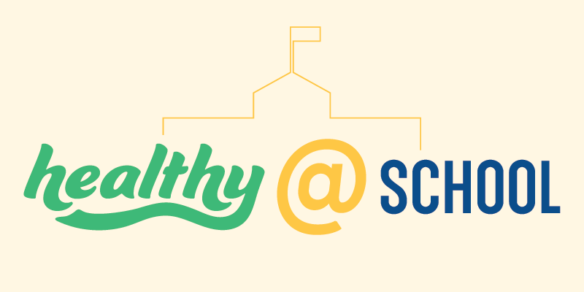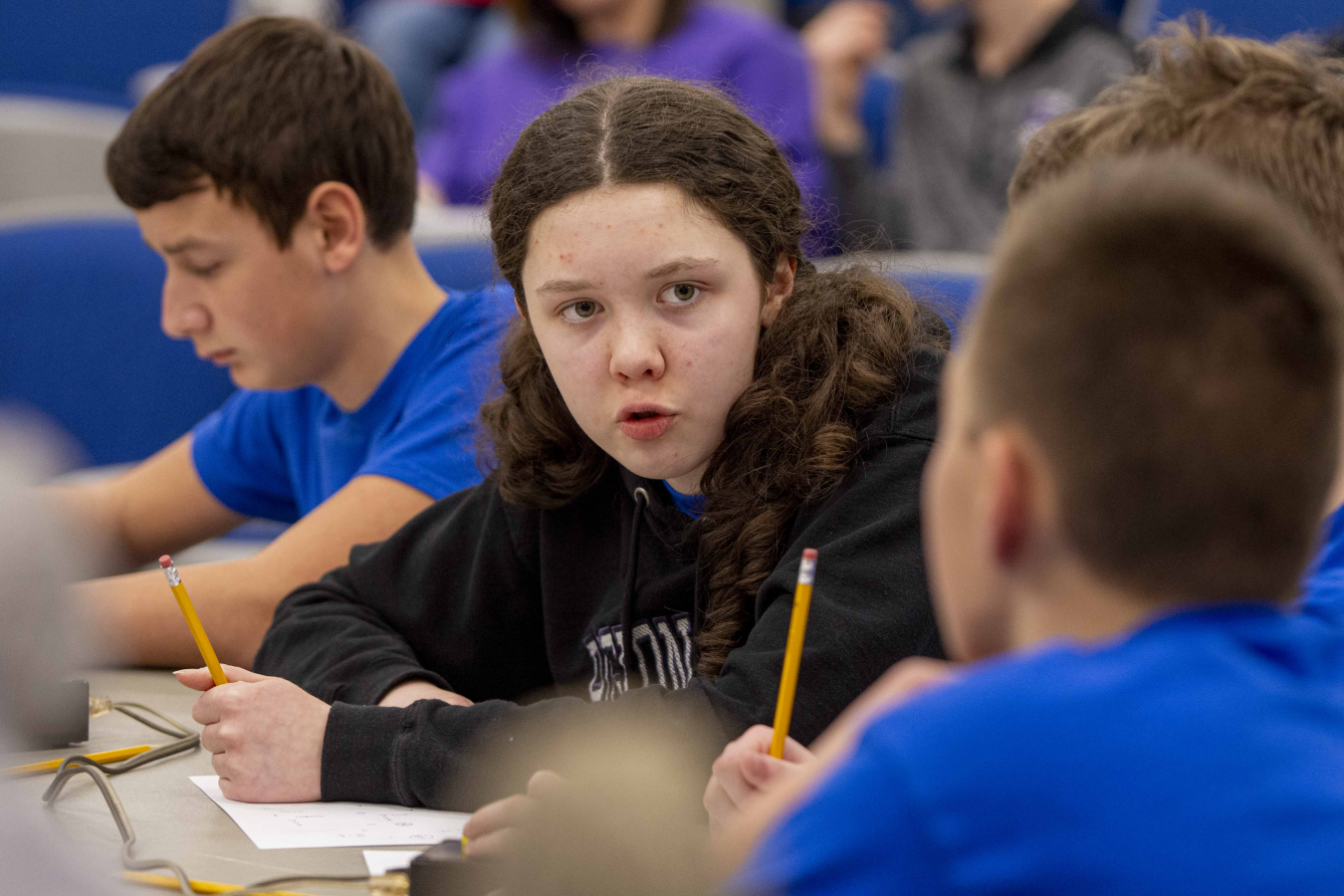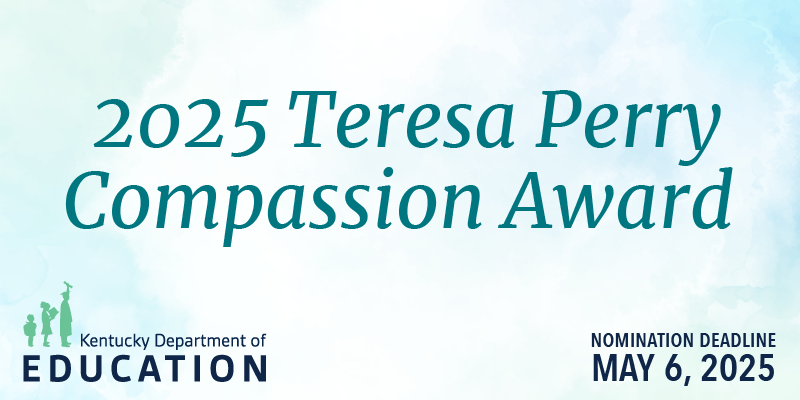
The Kentucky Department for Public Health, in collaboration with the Kentucky Department of Education, on June 24 issued highly anticipated guidance for schools and districts on how to safely reopen for the upcoming school year amid the ongoing COVID-19 global pandemic.
The release of the 24-page document, “Safety Expectations and Best Practices Guidelines for Kentucky Schools (K-12),” was announced by Gov. Andy Beshear at his daily news conference on the pandemic. The DPH guidance covers multiple areas, such as mask-wearing, social distancing, health screening and sanitation.
The official guidance was developed after weeks of discussions between DPH and the Kentucky Department of Education (KDE), with input and feedback from superintendents and other school leaders across the state.
“One of my top priorities as we have fought against the coronavirus is ensuring our children can safely return to school in the fall,” said Gov. Beshear. “Our top health experts and our educators have worked together to craft this guidance to take the necessary steps to protect our children and our dedicated staff as they return to school.”
Interim Commissioner of Education Kevin C. Brown said DPH’s guidance is the “best solution given these extraordinary circumstances. We feel confident we are in a good place with this, given the many challenges we have had to overcome.
“We know the challenges schools are facing, as nothing could have prepared them for this.”
The guidance document from DPH differentiates between “safety expectations,” which schools are expected to comply with, and “best practices,” which they also may choose to follow to further protect students and staff.
While schools will develop their own reopening plans based on the guidance, Brown said “best judgment and good faith are expected.”
Guidance in the document falls into five categories:
- Social Distancing
- Cloth Face Coverings, School Health Policies and Personal Protective Equipment
- Screening and School Exclusion
- Sanitation and Environmental Factors
- Contact Tracing
Dr. Steven Stack, commissioner of DPH, said the Healthy at School guidance document is based on the best and latest information on how to limit transmission of the virus.
“We know some of these things might be difficult to do in schools, and we took that into consideration as we developed the guidance,” he said. “But these are the things we need to do to keep students and communities safe.”
“It is critical for everyone to do their part as good neighbors and good Americans to follow this guidance to protect our children, teachers and school personnel, and stop coronavirus outbreaks that would spread the disease, cost us more Kentuckians and further damage our economy,” Gov. Beshear said.
Masks will be required any time students and staff are moving or cannot stay 6 feet apart, unless there is a medical reason they cannot do so. Stack said masks are the one thing public health officials know can prevent the spread of the virus, along with washing hands and maintaining social distance.
Masks may be lowered during classroom time if all students and staff are seated at least 6 feet apart and no people are walking inside the classroom.
Schools also will be expected to stagger arrival times, increase space between students and reduce class sizes and congestion in common areas.
Temperature checks using a touchless thermometer will be required for all students and staff at the point of entry to school property. To ride the school bus, parents must attest that the student’s temperature is not greater than 100.4 when boarding or districts may choose to do a temperature check when students board buses.
The document includes bullet points with the safety expectations and best practices, and an “at-a-glance” summary at the end of each section aimed at younger children. It was designed to not only be clear for school administrators and staff, but families and students as well.
Although the guidance is not backed by legislation or administrative regulations, Brown said if schools do not follow it, they open themselves up to the potential spread of the virus, in-school contract tracing and closure if cases develop. But he said he believes schools and districts will be pleased with the direction the guidance takes, reflecting KDE’s goal of working with partnering agencies and schools to provide the support administrators need to reopen schools safely and in a way that is responsive to the needs of their communities.
“We have one of the best groups of teachers and administrators in the nation and I know we can rise to any occasion. We already have,” Brown said. “That doesn’t mean we always agree, but we are able to talk about different ideas and come up with a solution together.”
Stack said the guidance may continue to evolve as the situation on the ground changes.
To read the DPH’s Healthy at School guidance, go to KDE’s COVID-19 website.
Since May 15, KDE has released weekly guidance documents to superintendents and districts to help school leaders plan for the opening of the 2020-2021 year.
MORE INFO …
- Kentucky Department for Public Health’s COVID-19 webpage
- KDE’s COVID-19 webpage
- COVID-19 Hotline (800) 722-5725




I am not comfortable with my children or anyone else’s children returning to “in school” classes for the 2020-2021 school year during covid 19 pandemic. Risking our children and teachers health just isn’t worth it! Not only are we dealing with covid, we now have racial matters coming forth. We now have protesters blocking roadways which school buses have to use. I am all for continued NTI classes and it should remain an option for parents, children and teachers.
The option to do NTI at home instead of in school due to the coronovirus NEEDS to be an option. There is NO one size fits all plan for kids and education. IEP’s and autistic or special needs children or health sensitive children need other options that work for the health and safety of them and their families and the community. Make these options available. If they are still doing the work then you should still be getting paid for them. Win win situation for both sides of it.
I do not agree with masks being lowered during classroom time if all students and staff are seated at least 6 feet apart and no people are walking inside the classroom. What happens if someone coughs or sneezes? What happens if people are consistently talking? If people raise their voices? Making it optional for certain students and situations in the building consistently defeats the purpose.
If you have children not doing so they should be separated from the other children and given separate entrance exits hallways bathrooms and buses. You can take them outside and space them apart for breaks if necessary without masks. Indoors is a very bad idea.
My son is Asthmatic, along with environmental allergies & food allergies. It would be very hard for him to have to wear the mask for long periods of time, it would smother him. He does carry a EPI PEN and inhaler at all times. The school is aware of this, also I’m not letting my child ride the school bus, because they put 4 kids to a seat and sometimes he has to stand up riding the bus & the bus driver don’t care. You say they have to wear mask at all times on the bus well, you have the little kids they will pull them mask off. There is no way you can do the social distancing on a school bus. I’m scared for my son to start back when they’re people still getting sick & dying.
I think it would be more safe if they just did the schooling online like you did before. Childrens lives matter more than going back to school. I just don’t think you can distant that many children without a outbreak.
I am not comfortable with allowing my children to go to in person school during this pandemic. I fear that my children will either get sick or they will bring the virus home to me, their Dad and their elderly grandmother who works in a nursing home with high risk individuals who can not handle being sick with the virus. I am begging and pleading for a homeschool alternative for those who are not confident in the safety of the masks being worn correctly by students and staff